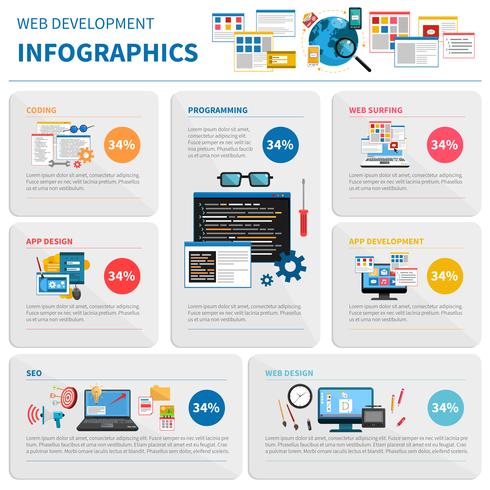Join Us As We Start A Journey With Time, Discovering The Advancement Of Internet Site Layout And How It Has Impacted The Digital Landscape
Join Us As We Start A Journey With Time, Discovering The Advancement Of Internet Site Layout And How It Has Impacted The Digital Landscape
Blog Article
Published By- Suggested Web page
In the past, websites were easy and concentrated on information. Navigation was straight, and layout was for desktops. Currently, user experience is key. https://www.cio.com/article/288433/web-analytics-20-seo-tips-trends-and-predictions-for-2014.html overviews designs for easy navigating. Receptive layouts match various tools. Today, dark setting reduces stress, and minimal menus improve navigating. Interactive functions engage users, and vibrant visuals stand out. AI combination improves interaction. See how layout has actually progressed to enhance your online journey.
Very Early Days of Web Design
In the early days of web design, simpleness reigned supreme. Sites were standard, with restricted colors, font styles, and formats. The emphasis was on giving details rather than flashy visuals. Customers accessed the internet through slow-moving dial-up connections, so rate and performance were vital.
Navigating food selections were straightforward, generally situated at the top or side of the page. Websites were created for desktop, as mobile surfing wasn't yet prevalent. Material was king, and designers prioritized easy readability over complicated style aspects.
HTML was the main coding language made use of, and designers needed to work within its restrictions. Computer animations and interactive features were minimal contrasted to today's criteria. Websites were static, with little dynamic material or individualized customer experiences.
Rise of User-Focused Layout
With the advancement of website style, a shift in the direction of user-focused style concepts has come to be progressively famous. Today, developing sites that prioritize customer experience is essential for involving site visitors and attaining service objectives. User-focused design entails recognizing the demands, choices, and behaviors of your target audience to customize the internet site's format, material, and includes accordingly.
Developers currently carry out extensive study, such as customer studies and use screening, to gather insights and feedback directly from customers. This data-driven method assists in producing instinctive navigation, clear calls-to-action, and visually appealing user interfaces that reverberate with visitors. By positioning the individual at the center of the layout process, sites can provide a more individualized and delightful experience.
Receptive style has likewise become a crucial facet of user-focused design, making sure that internet sites are maximized for numerous tools and display sizes. This versatility boosts ease of access and use, dealing with the varied ways users engage with websites today. Essentially, the rise of user-focused design signifies a shift towards creating digital experiences that prioritize the needs and assumptions of completion customer.
Modern Trends in Website Design
Check out the latest trends forming website design today. One famous pattern is dark mode layout, offering a streamlined and contemporary look while lowering eye pressure in low-light environments. Another key fad is minimalist navigating, simplifying menus and enhancing individual experience by concentrating on essential elements. Integrating micro-interactions, such as computer animated switches or scrolling results, can develop a more engaging and interactive internet site. Responsive design stays vital, making sure seamless customer experiences across various devices. In https://inboundcontentmarketing84062.blogoxo.com/30039792/boost-your-online-presence-through-advanced-web-design-methods , making use of strong typography and asymmetrical layouts can include visual passion and draw attention to certain material.
Incorporating AI technology, like chatbots for client support or customized recommendations, enhances user involvement and enhances processes. Access has also come to be a significant pattern, with developers focusing on inclusive layout techniques to accommodate varied individual needs. Welcoming sustainability by enhancing website performance for rate and performance is one more emerging fad in website design. expert search engine marketing with user comments and information analytics to repeat and enhance layout continually is essential for remaining appropriate in the ever-evolving digital landscape. By welcoming these modern-day trends, you can produce an aesthetically appealing, user-friendly web site that reverberates with your audience.
Conclusion
As you reflect on the advancement of web site style from the early days to now, you can see how user-focused design has actually become the driving pressure behind contemporary trends.
Welcome the journey of modification and adaptation in website design, constantly keeping the customer experience at the forefront.
Remain present with the current trends and innovations, and never stop developing your approach to create aesthetically sensational and user-friendly web sites.
Evolve, adapt, and develop - the future of web design remains in your hands.
